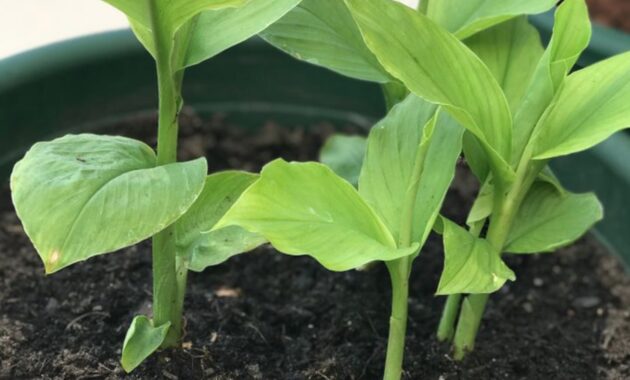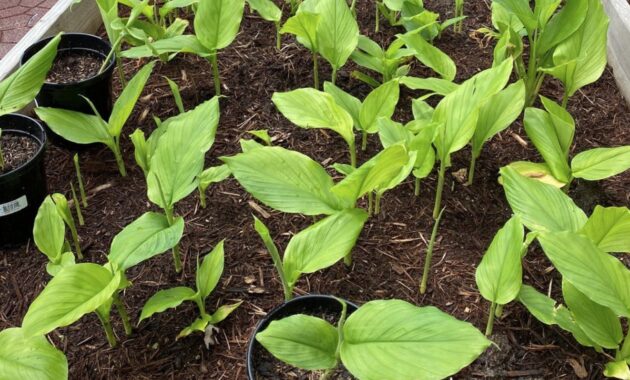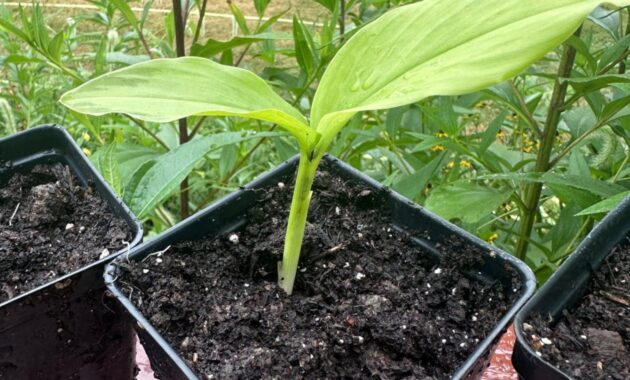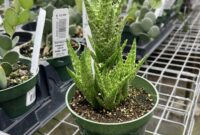
Turmeric, a vibrant yellow-orange spice derived from the rhizome of the Curcuma longa plant, has been used for centuries in Ayurvedic and Chinese medicine. Renowned for its powerful anti-inflammatory and antioxidant properties, turmeric has gained significant popularity in recent years. Beyond its culinary uses, turmeric offers a range of health benefits and can even be grown at home.
What is Turmeric?
Turmeric is a perennial herbaceous plant native to South Asia. It produces large, green leaves and striking yellow flowers. The most valuable part of the plant is its underground rhizome, which is harvested, dried, and ground into the bright yellow powder we commonly know as turmeric.
Health Benefits of Turmeric
Turmeric’s active compound, curcumin, is responsible for its potent health benefits. Some of the key benefits include:
- Anti-inflammatory properties: Curcumin can help reduce inflammation, which is linked to various chronic diseases.
- Antioxidant effects: Turmeric’s antioxidants can protect cells from damage caused by free radicals.
- Improved brain function: Curcumin may boost memory and cognitive function.
- Potential cancer-fighting properties: Some studies suggest that curcumin may help prevent and treat certain types of cancer.
- Digestive health: Turmeric can aid digestion and alleviate digestive issues like bloating and gas.
- Skin health: Turmeric has been used in skincare for centuries to soothe skin irritations and promote a healthy complexion.

How to Grow Turmeric at Home
Growing turmeric at home is a rewarding experience. Here’s a step-by-step guide:
- Choose the Right Climate: Turmeric thrives in warm, humid climates. If you live in a temperate climate, you can grow it indoors or in a greenhouse.
- Prepare the Soil: Turmeric prefers well-draining, fertile soil. You can mix garden soil with compost or manure to improve its quality.
- Plant the Rhizome: Plant the rhizome horizontally, about 2-3 inches deep, and cover it with soil.
- Provide Adequate Sunlight: Turmeric requires plenty of sunlight, but avoid direct, intense sunlight, especially during hot summer months.
- Water Regularly: Keep the soil consistently moist, but avoid overwatering.
- Fertilize: You can apply a balanced liquid fertilizer every 2-3 weeks during the growing season.
- Harvesting: Turmeric rhizomes are typically harvested 8-10 months after planting. Dig them up carefully, clean them, and dry them in a warm, well-ventilated area.
Indoor Turmeric Plants
Turmeric can be grown indoors as a houseplant. Here are some tips for indoor cultivation:
- Choose a Pot: Select a pot with drainage holes to prevent waterlogging.
- Use Potting Mix: A well-draining potting mix is ideal for indoor turmeric plants.
- Provide Adequate Light: Place your turmeric plant near a sunny window.
- Maintain Humidity: Indoor turmeric plants benefit from increased humidity. You can use a humidifier or place a tray of water near the plant.
Propagation
Turmeric plants can be propagated through rhizome division. Simply cut the rhizome into sections, each with at least one growth bud, and plant them in well-prepared soil.
Soil Requirements
Turmeric prefers rich, well-draining soil with a pH between 6.0 and 7.0. You can improve your soil by adding compost or manure.
Sunlight Needs
Turmeric plants require plenty of sunlight, but avoid exposing them to intense, direct sunlight, especially during hot summer months.
Harvesting
Turmeric rhizomes are typically harvested 8-10 months after planting. Dig them up carefully, clean them, and dry them in a warm, well-ventilated area.
Organic Turmeric
Organic turmeric is grown without the use of synthetic pesticides or fertilizers. It is a healthier and more sustainable choice.
Fertilizing
You can fertilize your turmeric plants with a balanced liquid fertilizer every 2-3 weeks during the growing season.
Diseases
Turmeric plants can be susceptible to fungal diseases like rhizome rot. To prevent diseases, ensure proper drainage and avoid overwatering.

Conclusion
Turmeric is a versatile plant with numerous health benefits. Whether you’re using it in your cooking or growing it at home, turmeric is a valuable addition to any household. By following the tips outlined in this article, you can successfully grow your own turmeric and enjoy its many benefits.
FAQs
- Can I eat the turmeric leaves?
While turmeric leaves are edible, they are not as flavorful as the rhizome. They can be used in salads or cooked as a leafy green vegetable. - How long does it take for turmeric to grow?
It typically takes 8-10 months for turmeric rhizomes to mature and be ready for harvest. - Can I use turmeric powder to grow a plant?
No, turmeric powder cannot be used to grow a plant. You need to use a live turmeric rhizome. - Can I grow turmeric in a pot?
Yes, you can grow turmeric in a pot. Choose a pot with drainage holes and use a well-draining potting mix. - What is the best time to harvest turmeric?
The best time to harvest turmeric is in the late fall or early winter, after the leaves have turned yellow and died back.



